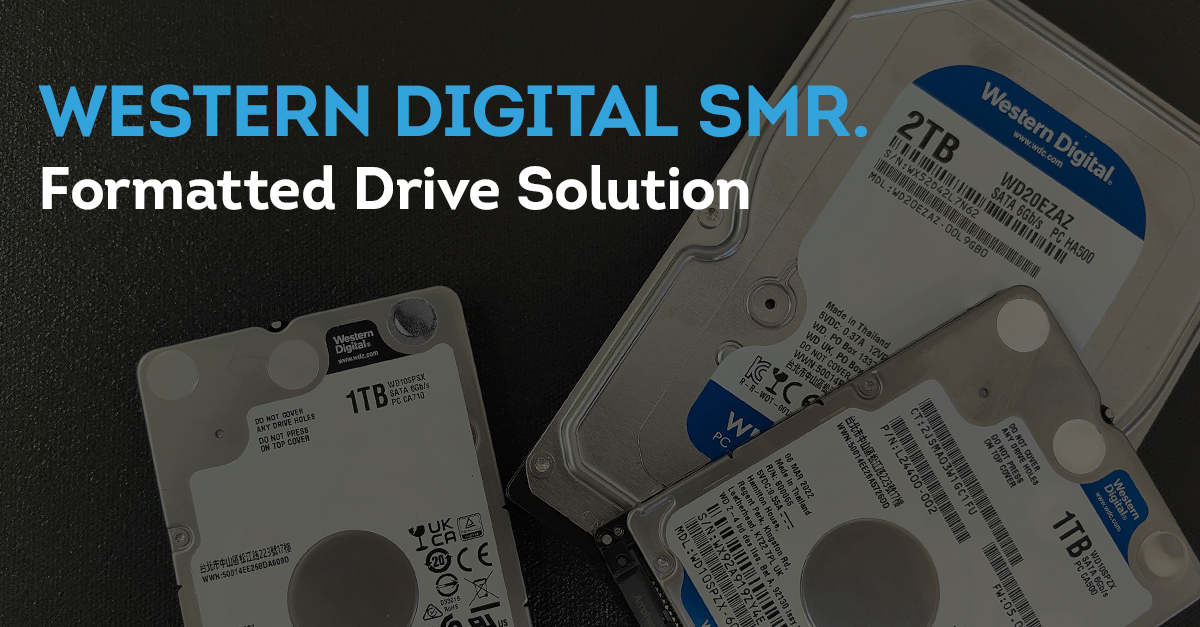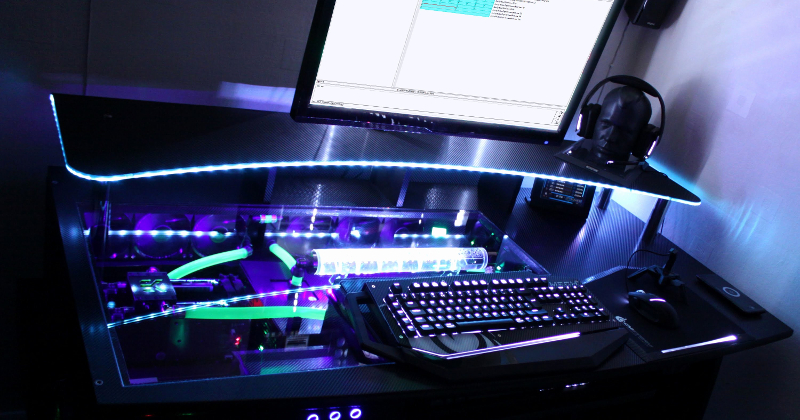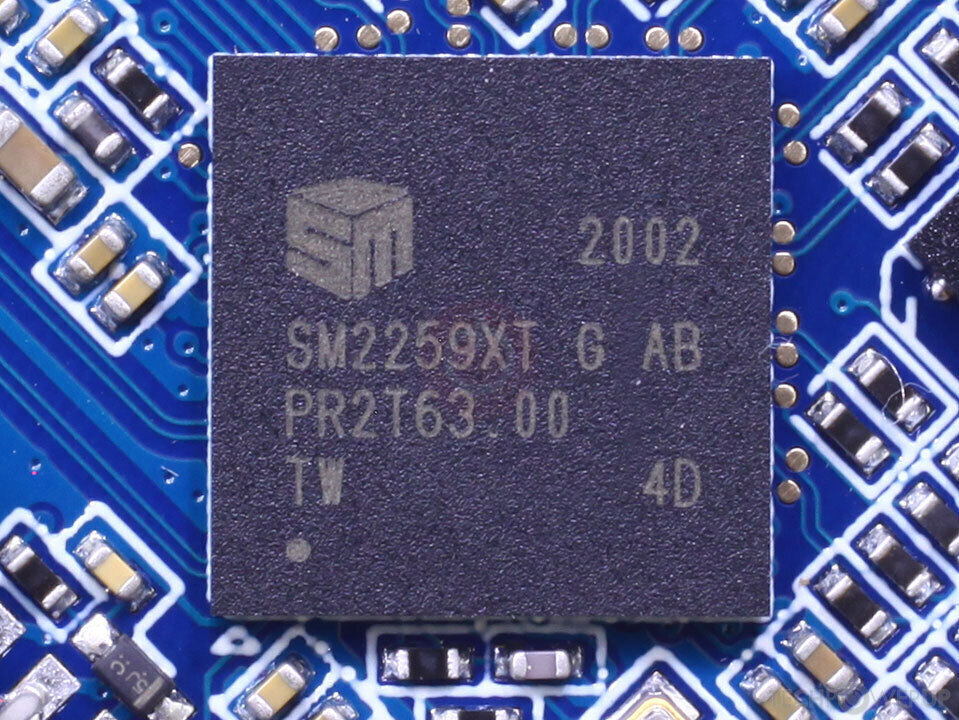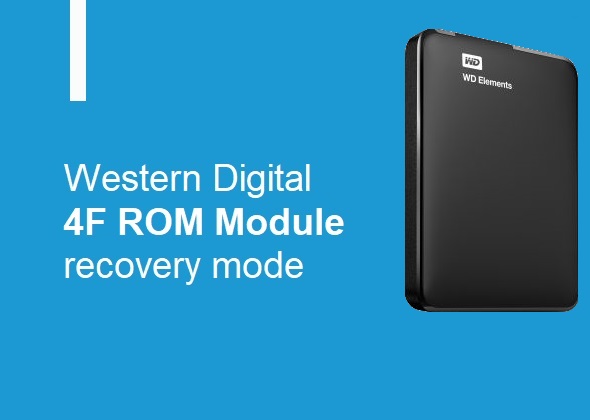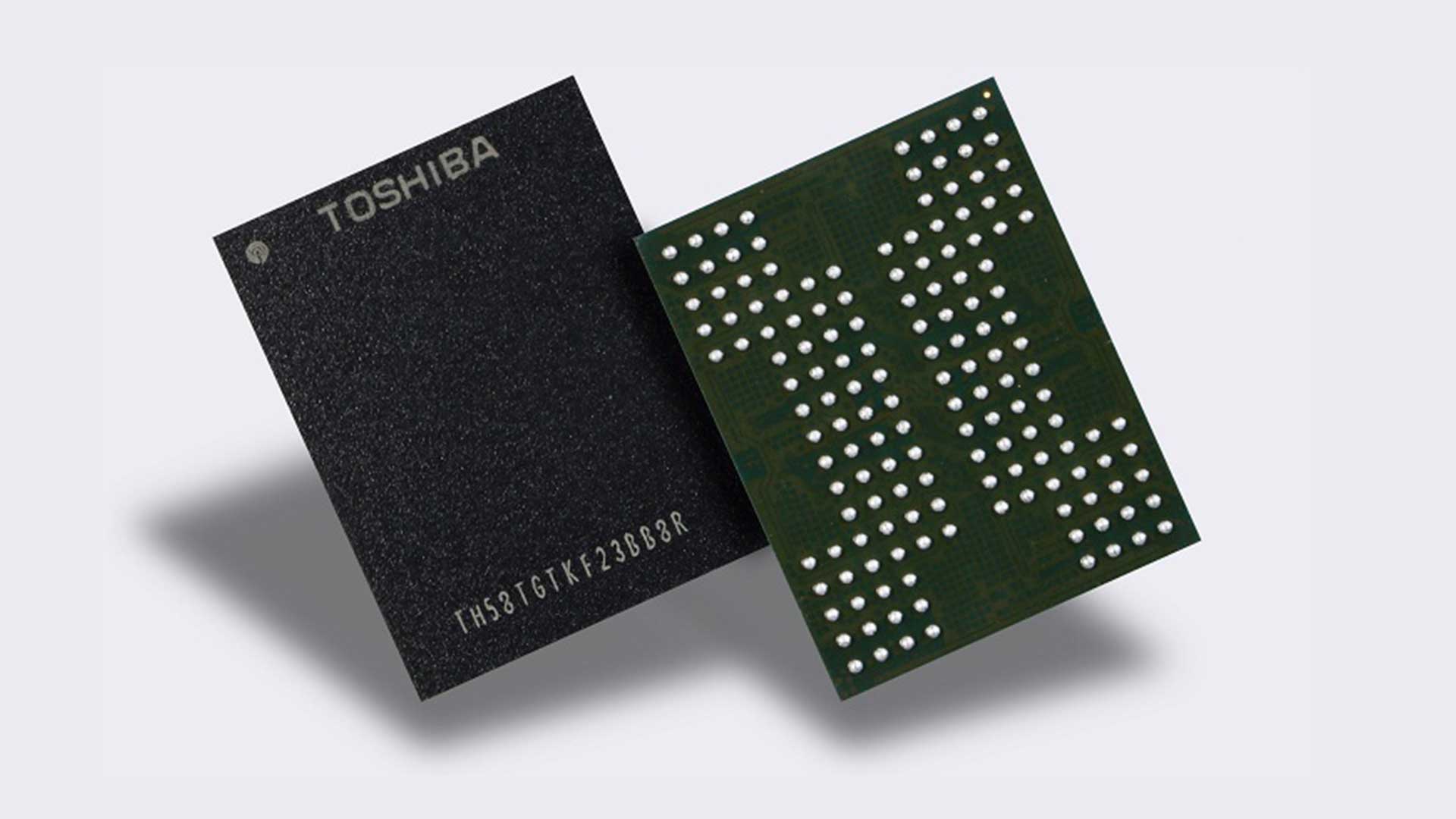Recently, users have been asking about the most comfortable hardware configuration for using PC-3000 Flash, PC-3000 Express or PC-3000 UDMA-E. A lot of engineers are still working on computers with Core i5 2400 and 4GB of RAM, but this configuration is outdated and if you want to recover huge NAND Flash cases with 64-512Gb capacity, or working with complicated RAID configuration, you should get faster Personal Computer. We decided to compile a short list of configurations of different price categories, which should be enough for any complicated case.

Intel CPU based on latest architectures like Haswell, Skylake, Coffee Lake provide a high performance. At the same time in 2017 new generation of AMD CPU has been released. New AMD ZEN micro-architecture become very powerful and it allows to work even with the most complicated cases like Flash, HDD and RAID recovery. We strongly recommend to pay attention to Ryzen CPUs – they become much better than previous generation – AMD FX which were not so good
Ryzen 2 from 2019 become a real surprise for all – AMD boost the performance for 20-25% in compare with Ryzen 2017! That’s why ACELab also recommend to pay attention on Ryzen 2d GEN 3xxx family and 3d GEN 5xxx – it’s a really great 7nm CPU.
Finally, we can compare the models of CPU like:
-
Intel Celeron (2 cores / 2 thread) = AMD Athlon (2 cores / 4 thread) LOW-END
-
Intel Pentium (2 cores / 4 thread) = AMD Ryzen 3 (4 cores / 4 thread) LOW-MID
-
Intel Core i3 (4 cores / 8 thread) = AMD Ryzen 5 (4 cores / 8 thread) MIDDLE-END
-
Intel Core i5 (6 cores / 12 thread) = AMD Ryzen 5 (6 cores / 12 thread) PERFOMANCE
-
Intel Core i7 (20 cores / 28 thread) = AMD Ryzen 7 (8 cores / 16 thread) HIGH-END
-
Intel Core i9 (24 cores /32 thread) = AMD Ryzen 9 (16 cores / 32 thread) = I SAW YOU IN MY DREAM
Continue reading →





